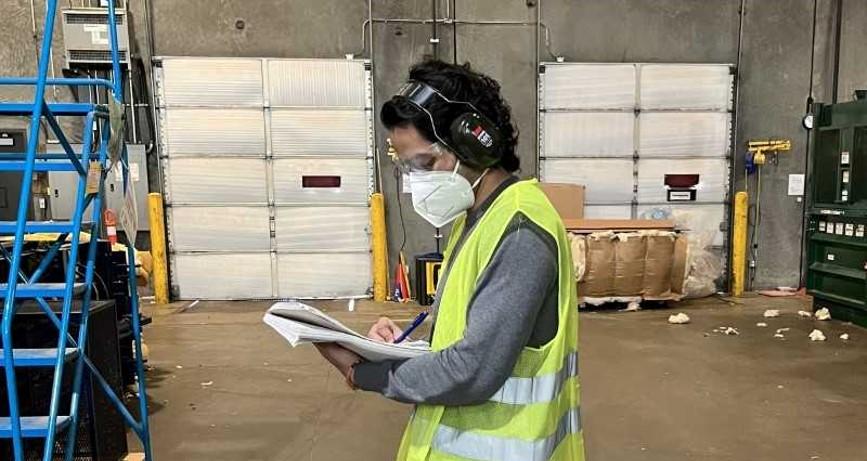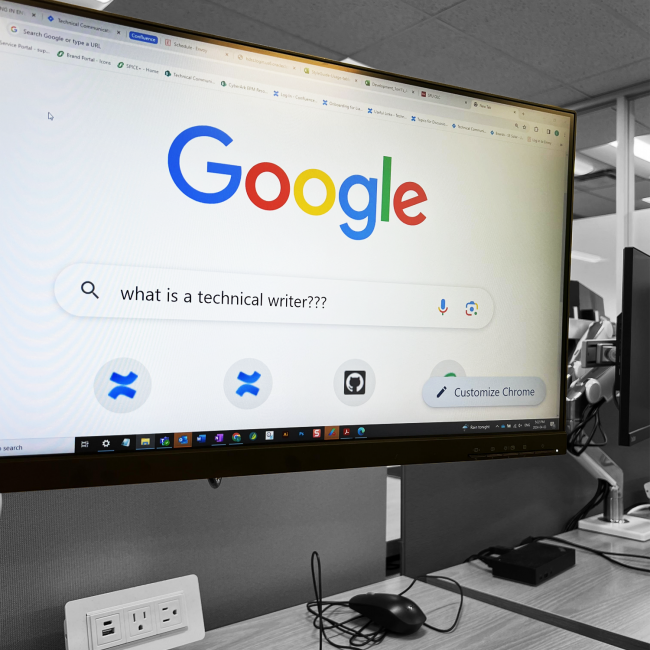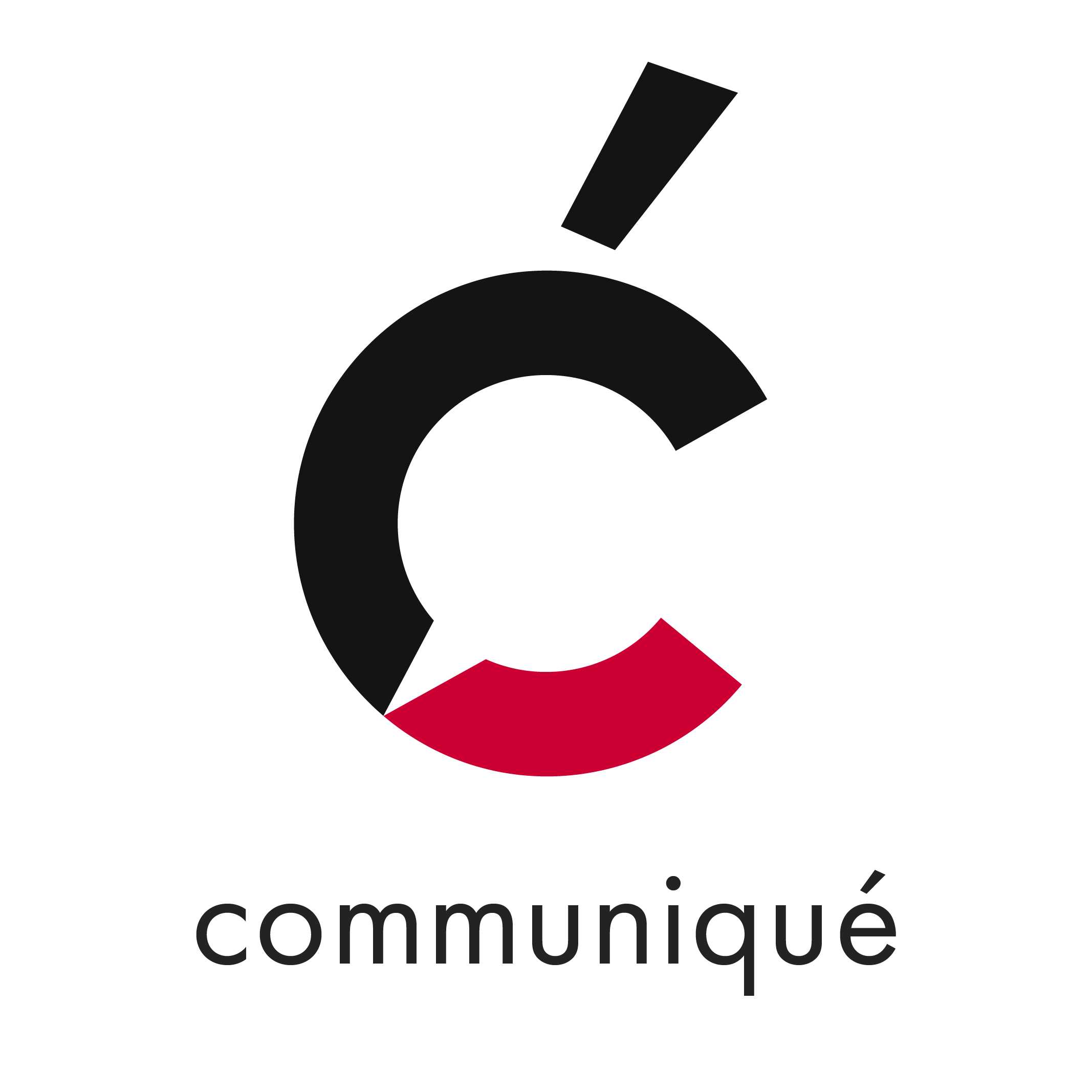
There I was, sitting at my desk, thinking. “Write a manual on our metal baling process,” my supervisor said. Easy enough, I thought, before pulling out my laptop and launching Word. Reckon I’ll have this manual done by the end of the week, maybe a week and a half if I decide to jazz it up with some neat visuals. And then I sat at my desk, thinking. What does “baling” mean?
Over the course of my work term as a technical writer, I discovered that technical writing is a multi-faceted profession that consists of far more than simply writing, and that many of my misconceptions about technical writing were, well, misconceptions.
In the sentences that follow, you will learn five very, very important tips that, if heeded, will prepare you for a career in technical writing. If these tips don’t quite have the effect I’m suggesting, it’s not my fault–you probably did something wrong.
No, you haven’t accidentally clicked on a blog post about creative writing. The first thing you need to consider when creating a technical document is the audience. In my case, I was tasked with creating manuals for warehouse workers, many who did not speak English very well: this led to me creating Doug. Doug is a non-native English speaker who would furiously throw a manual into an incinerator if it contained a word like “abdicate,” because Doug doesn’t know what “abdicate” means, and to be honest, I’m not super confident on the definition either.
By creating a character to represent your audience, you will ensure that your document is useful to and understood by whomever will read it.
This tip is vital. I’m not saying that you need to literally transform into a sponge, because that isn’t possible. In order to write about technical processes, you must–to a certain degree, at least–understand those technical processes, which means you have to become a knowledge sponge.
The process of me creating my workplace’s metal baling manual was as follows: I observed the process, took notes, asked the warehouse manager questions about the process, sat down to write, realized my notes were insufficient and got up to take some more notes, asked a couple more questions, then finally sat back down to write. I quickly learned that technical writing is as much about gathering information as it is writing.
Batman never goes about his business without a plan, and neither should a technical writer. After gathering information, you should come up with an outline, just as you would when writing a paper. Figure out what sections you’re going to include, the formatting, and all that fun stuff.
Again, not literally. Technical writing isn’t about self-expression or impressing with big words–it’s about informing and instructing. You may be able to get away with spelling erors in a blog post, but the same cannot be said for technical documents. Be consistent and professional.
Remember, the main purpose of writing a technical document is to inform your audience so that they can apply what they have learned. My goal with creating the metal baling manual was to inform Doug, as well as real workers, on how to bale metal: if, by the end of the manual, Doug didn’t know as much about metal baling as I did, I would have failed in my job, and another manual would have been added to the incinerator (and rightfully so).

















